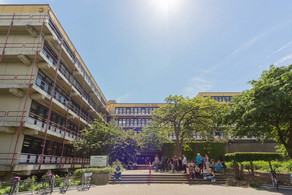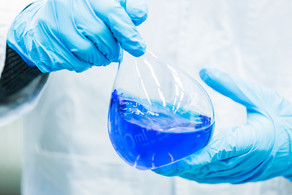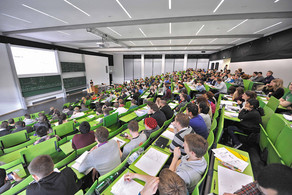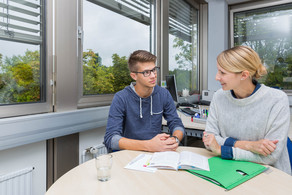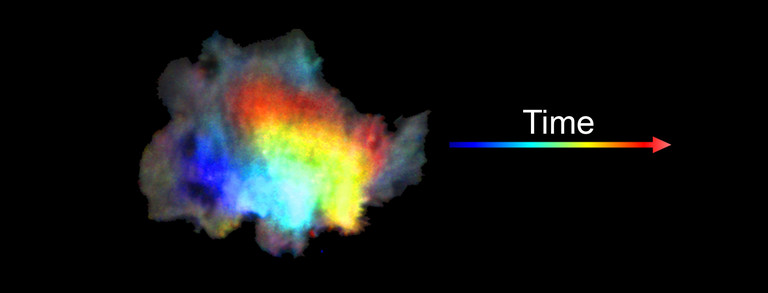Curriculum Vitae
Education
2015
Habilitation “Cytoskeletal Mechanisms in Neurite Formation”, Department Systemic Cell Biology, Max Planck Institute of Molecular Physiology, Germany and Faculty of Chemistry and Chemical Biology, TU Dortmund, Germany
2000
PhD thesis “Identification and Characterization of Na+/Phosphate Cotransporter Type II interacting proteins”
Department Epithelial Physiology, Max Planck Institute of Molecular Physiology, Germany and Faculty of Chemistry, TU Dortmund, Germany
1997
Diploma thesis “Expression and structural characterization of the potential regulatory protein IPAN”
Department Epithelial Physiology, Max Planck Institute of Molecular Physiology, Germany and Faculty of Chemistry, TU Dortmund, Germany
Current Positions
Since 2007
Group Leader, Faculty of Chemistry and Chemical Biology, TU Dortmund, Germany
Previous Positions
2011 – 2022
Group Leader, Department of Systemic Cell Biology, Max Planck Institute of Molecular Physiology, Germany
2000 – 2007
Research Associate, Department of Cell Biology, The Scripps Research Institute, USA
2000
Postdoctoral Practical,
Disease Group Cardiovascular, Aventis Pharma Deutschland GmbH, Germany
Funding
2020-2025
Temporary Position for PIs “Coordination of Rho and Rap-type GTPases in cell morphodynamics” (DFG)
2020-2022
Heisenberg Position “Self-organization of spatio-temporal Rho GTPase activity patterns” (DFG)
2020-2023
Research Grant (associated with Heisenberg Position) “Role of Lbc GEFs in cellular morphodynamics” (DFG)
2019-2022
Research Grant “Optogenetic manipulation of cell contraction signal network dynamics in tumors” (DFG Priority Programme SPP 1926 “Next Generation Optogenetics”; Project lead and concept together with Perihan Nalbant, University Duisburg-Essen)
2017-2020
Heisenberg Stipend “Self-organization of cytoskeletal dynamics” (DFG)
2020-2026
Research Grant (associated with Heisenberg Position) “Role of Lbc GEFs in cellular morphodynamics” (DFG)
2015-2018
Marie Curie Innovative Training Network “InCeM: Integrated Component Cycling in Ephithelial Cell Motility”, Call: H2020-MSCA-ITN-2014; Project ID:642866, Associated Partner together with Perihan Nalbant, University Duisburg-Essen, Germany
2008-2014
FORSYS Young Investigator Group “Subsystem Interactions in Neuronal Development”, BMBF grant 0315258, Principal Investigator
2010-2013
Project grant "Cell migration and differentiation: Causalities in signal networks of Rho GTPases", MERCUR grant 2010-2022, together with Perihan Nalbant, University Duisburg-Essen, Germany, Principal Investigator
2003
Norton B. Gilula Travel Award for Best Oral Presentation, Department of Cell Biology, The Scripps Research Institute, USA

